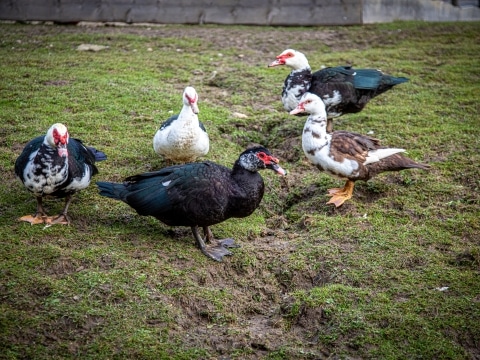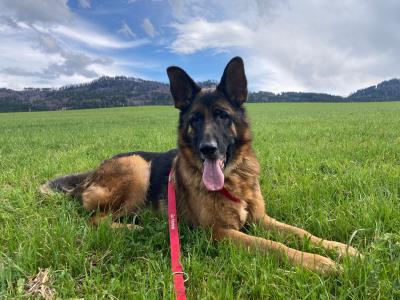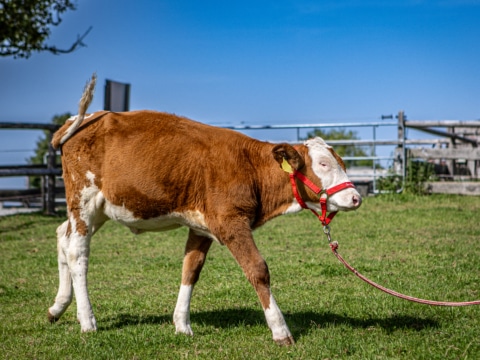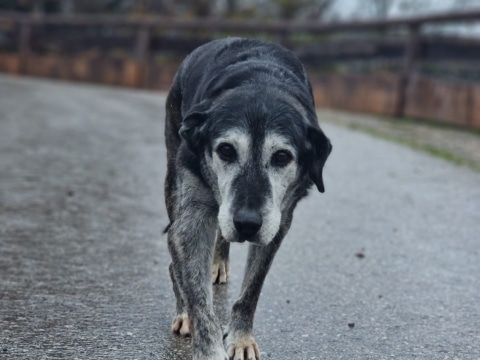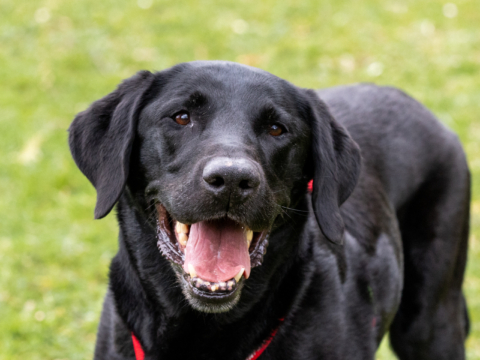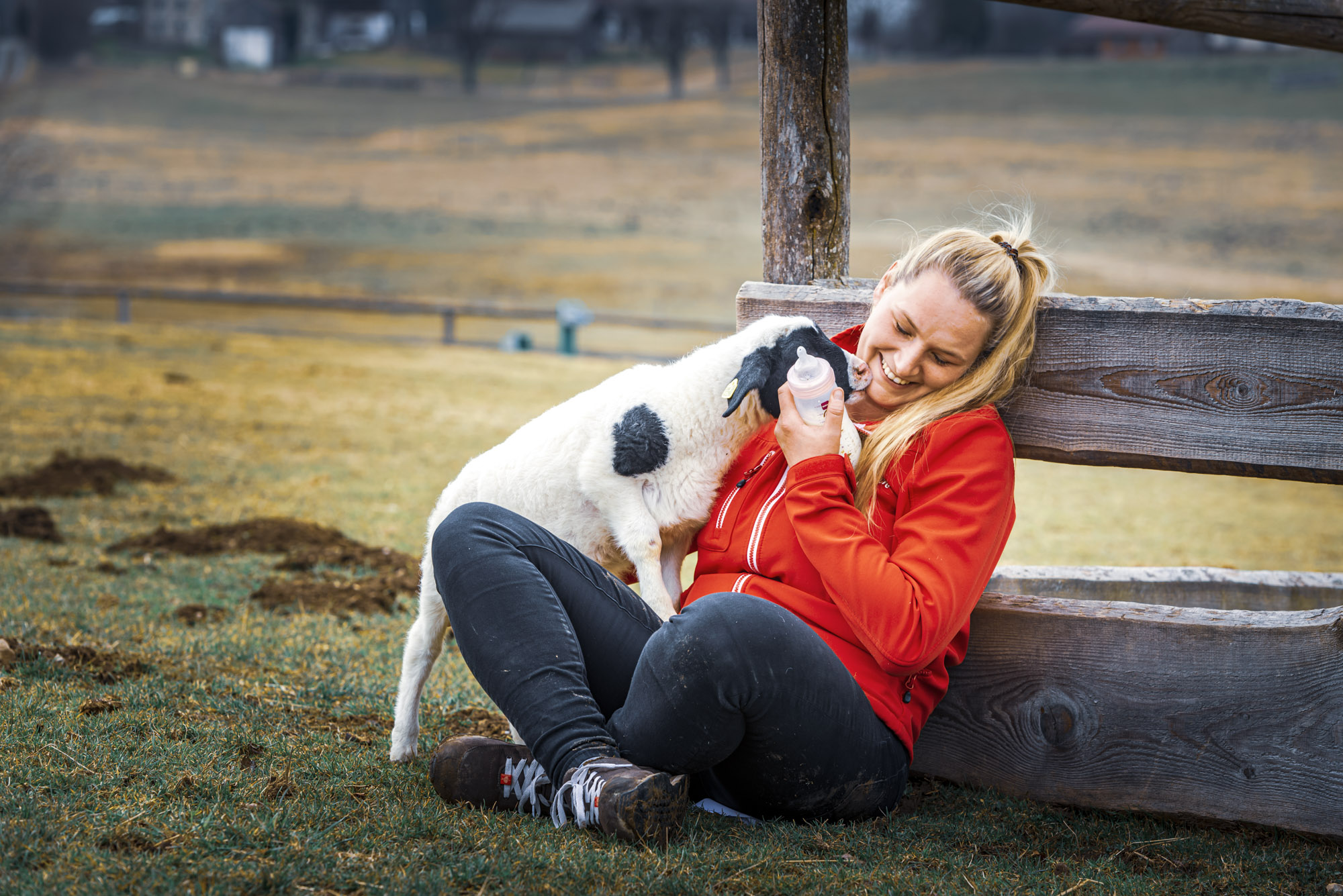
The little cockatiels Ernie, Kalle and Moritz had to make way
Cockatiels Ernie, Kalle and Moritz
From the perspective of an Aiderbichler
(written by Gisela Pschenitschnig)
People want to surround themselves with nature and realise their childhood dreams. Animals mean nature and as a child you often dream of having a pet.
I can remember being “angry” with my parents because I wasn’t allowed to have a dog. Today, I thank my parents for telling me in no uncertain terms why it wasn’t possible to have a dog. There was no time for a pet and my father was allergic to animal hair. Two particularly well-considered reasons for not getting a pet.
Ernie, Kalle and Moritz are three bright cockatiels who like to communicate loudly and are quite lively in character. Unfortunately, the birds’ owner suffered from asthma and the residents of the apartment block were increasingly complaining about how much they were bothered by the noise of the little cockatiels.
Where do the curious, trusting and agile clown faces come from?
The home of these little friends is Australia. The birds migrate there in huge, colourful flocks. Their special characteristic is the strikingly colourful feather crest and grey plumage. The orange cheek patch is characteristic. Roosters also have a yellow face mask.
Cockatiels embody the liveliness of the budgie, the affection of the parrot and the expressiveness of the cockatiel, and are the best-known large parakeets among pet birds. Cockatiels are considered peaceful and not quarrelsome animals. People are included and accepted in their “flock”.</span


Why do cockatiels get noisy and put a strain on human nerves?
The birds require daily free flight in a bird-safe room. Their voice is loud and they tend to screech constantly if they don’t feel they are being kept in a species-appropriate environment. Unfortunately, you realise too late that the conditions are not right when they start to pluck their feathers.
As a human, you would do well to learn the body language of the colourful birds. If the canopy is vertical and tilted slightly backwards, the bird is doing well and feels balanced. It sleeps when the cheek feathers are slightly fluffed up. On the other hand, smooth cheek feathers and a steeply erect head indicate that something is making it very curious.
If the bonnet is facing forwards, then he is afraid. His posture is tense, his eyes wide. Is he bobbing and hissing? The cries of alarm are about to start.
Aggressiveness is signalled by the bonnet, which is pulled tightly back. The eyes are narrow, the beak is wide open and the open wings make it appear larger and more dangerous. Hands off – it could be bitten now.</span


Ernie, Kalle and Moritz feel right at home
At Gut Aiderbichl Henndorf, the bird house has become even more colourful. The bonnets of the three are vertical and slightly backwards, which means that everything is OK.
When you look at our colourful birds and start to consider whether it wouldn’t be nice to have one or two in your home, you should immediately ask yourself the unsentimental question: how do I live, am I at risk of allergies and what will I do with my cockatiels, at least two of them, when I go on holiday? Is a good relationship with my neighbours important to me, or …
A bird rarely sits in a tree and worries about the branch on which it sits. Because it doesn't rely on the branch, but on its wings.
Sincerely, Your Gisela.
– Unknown

